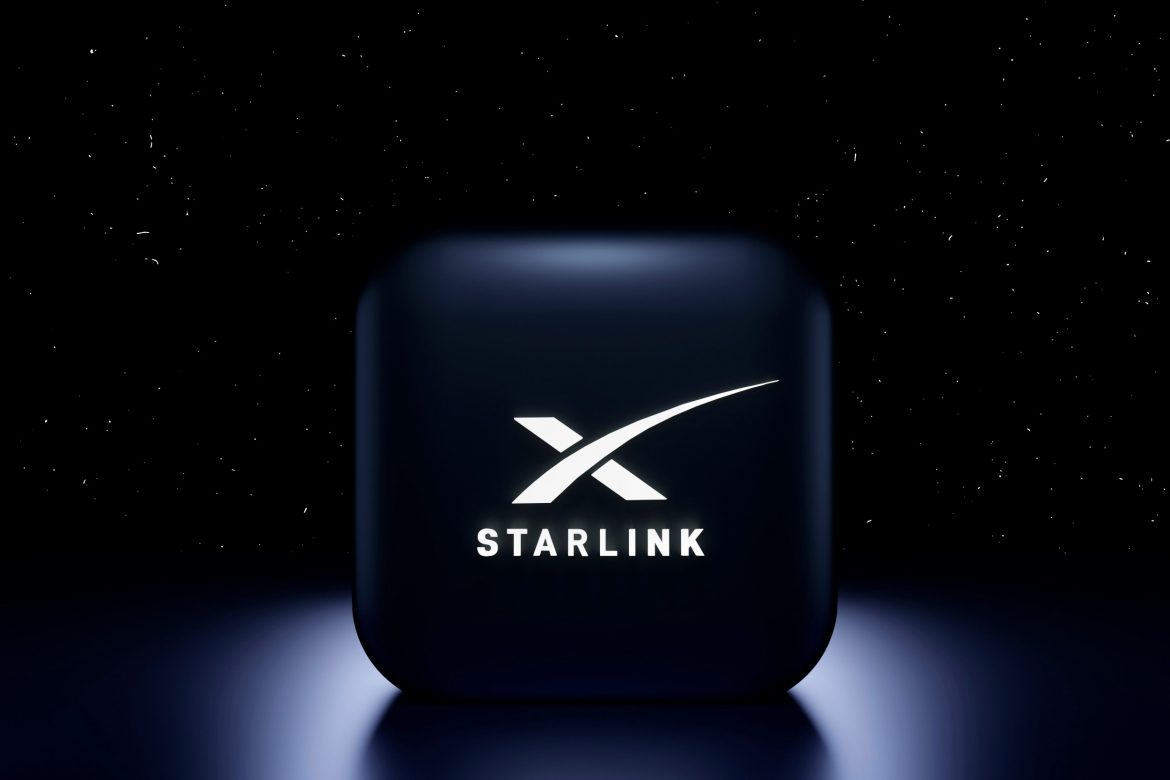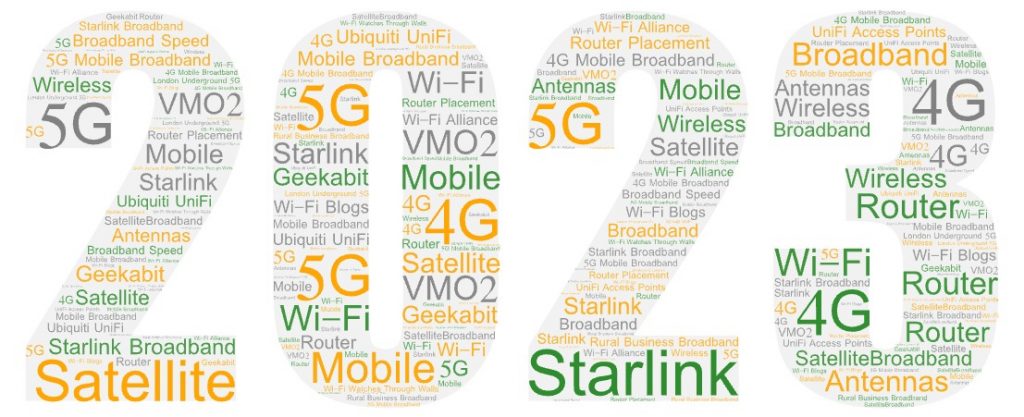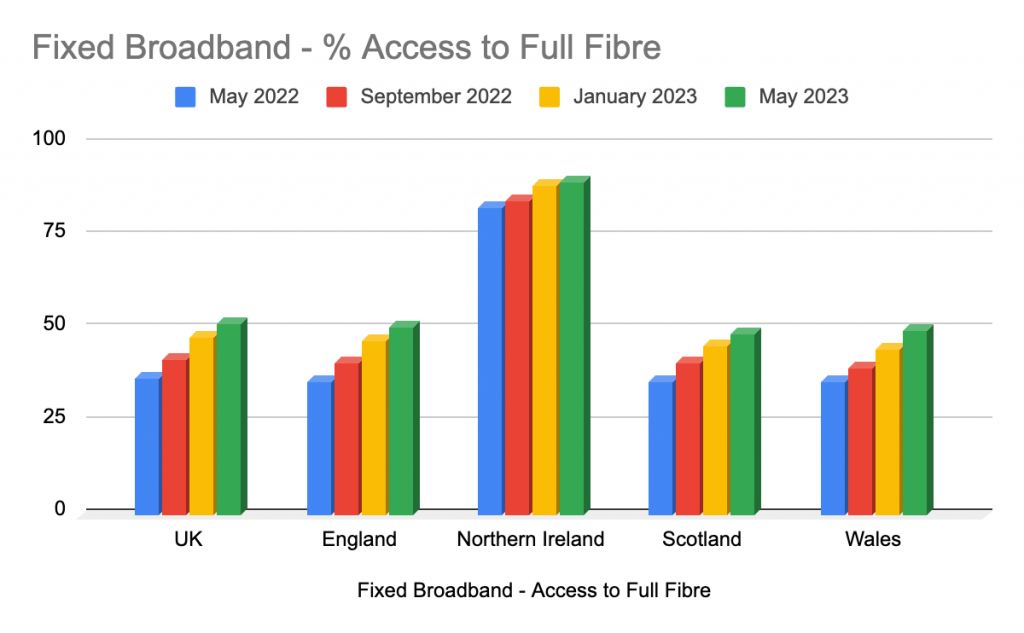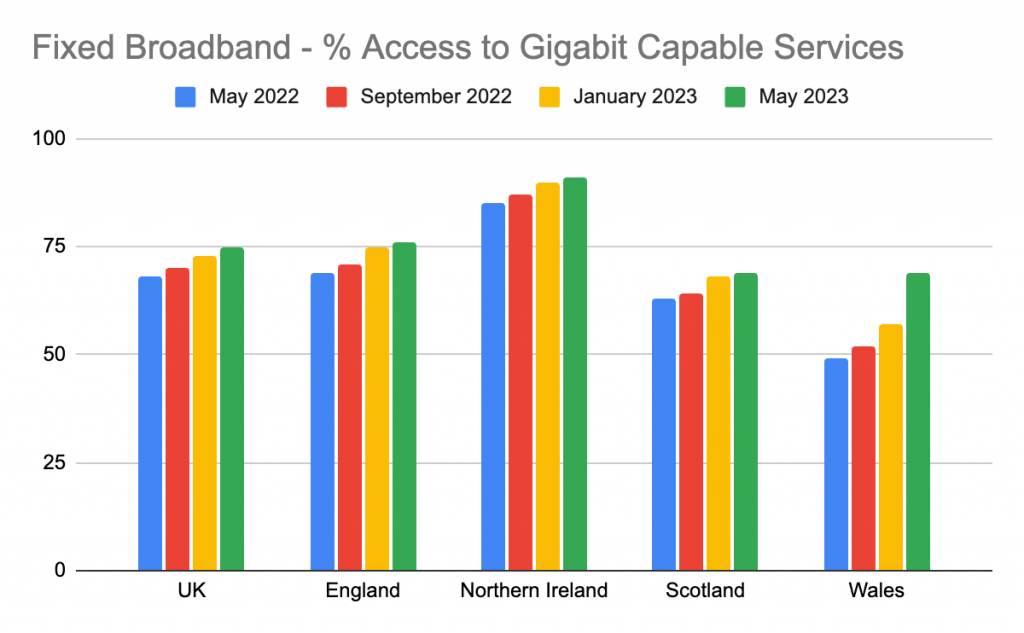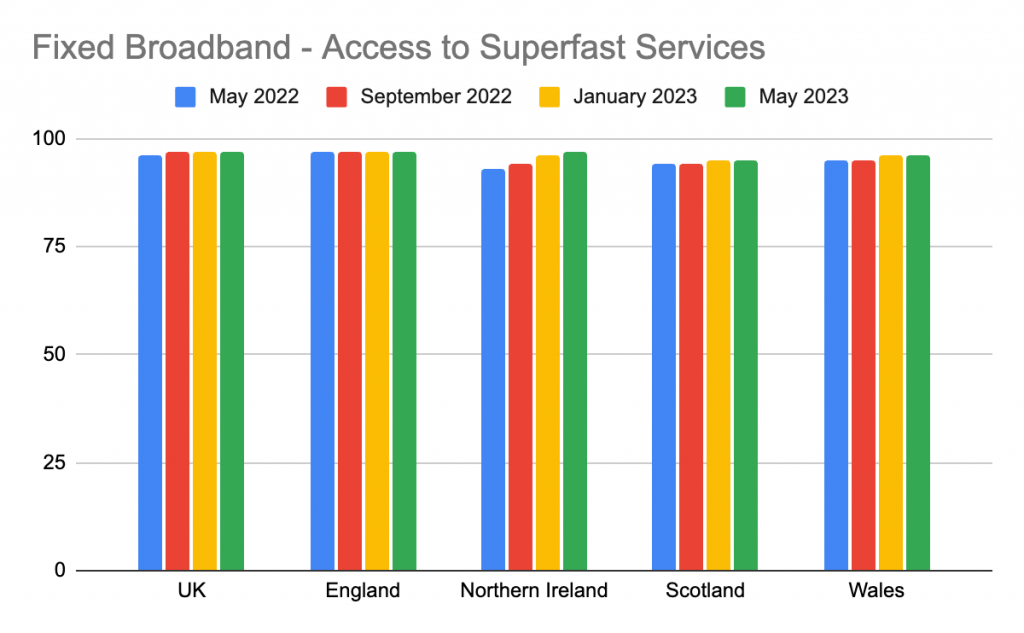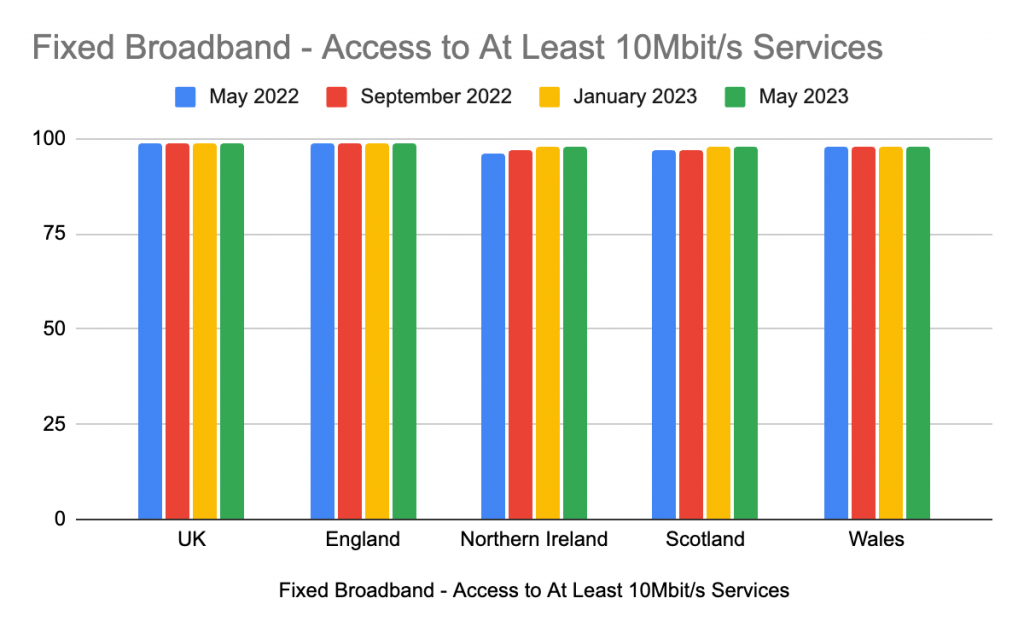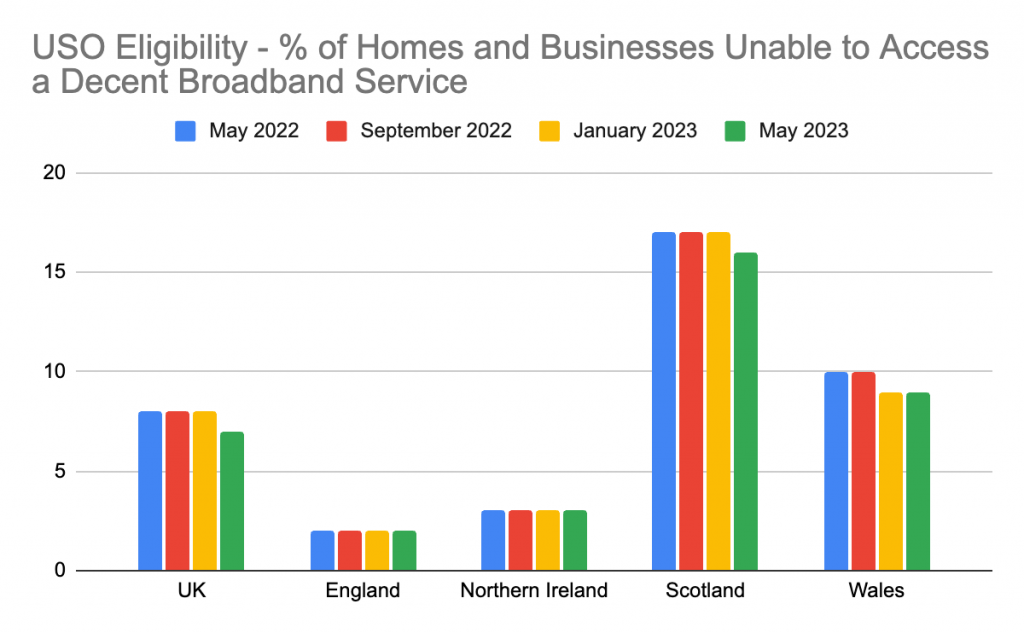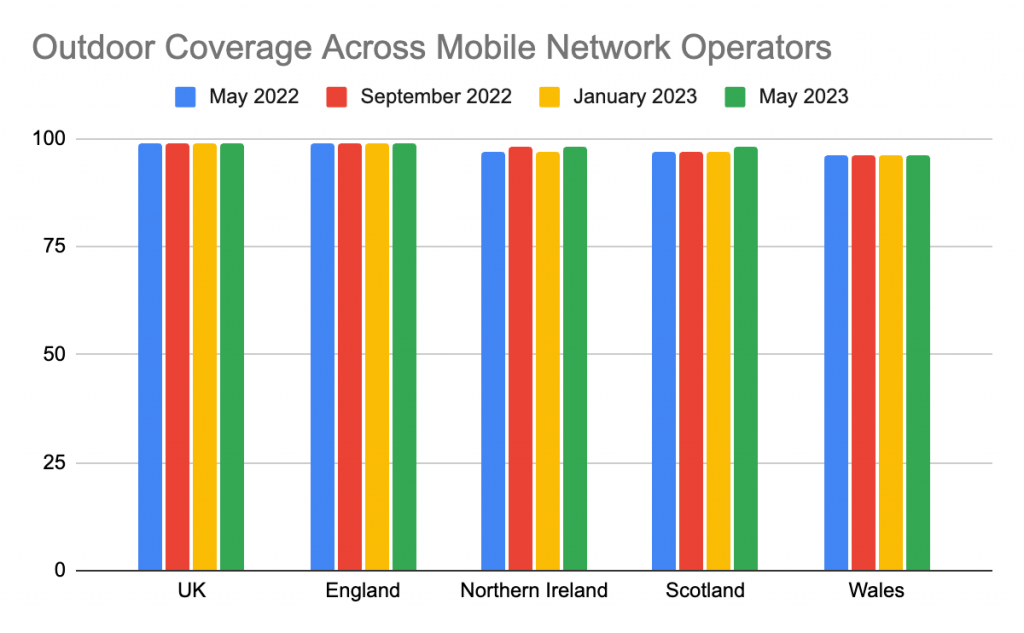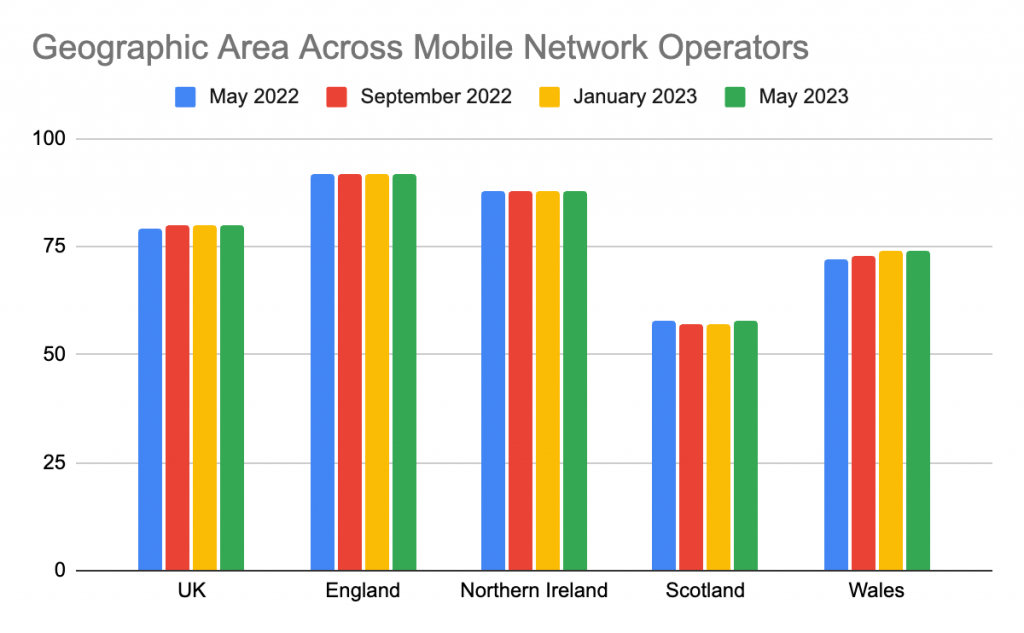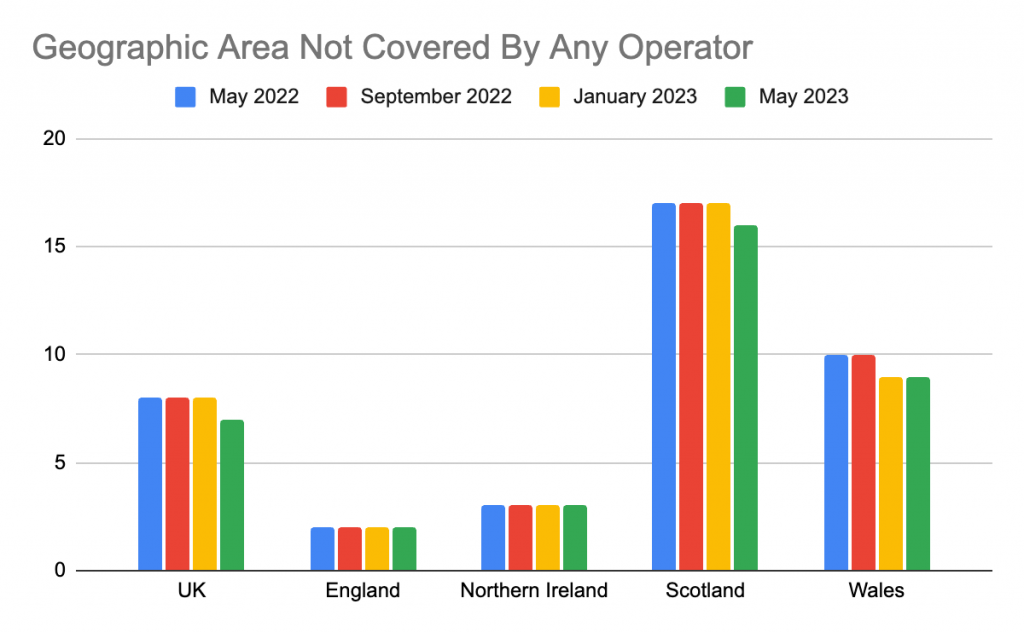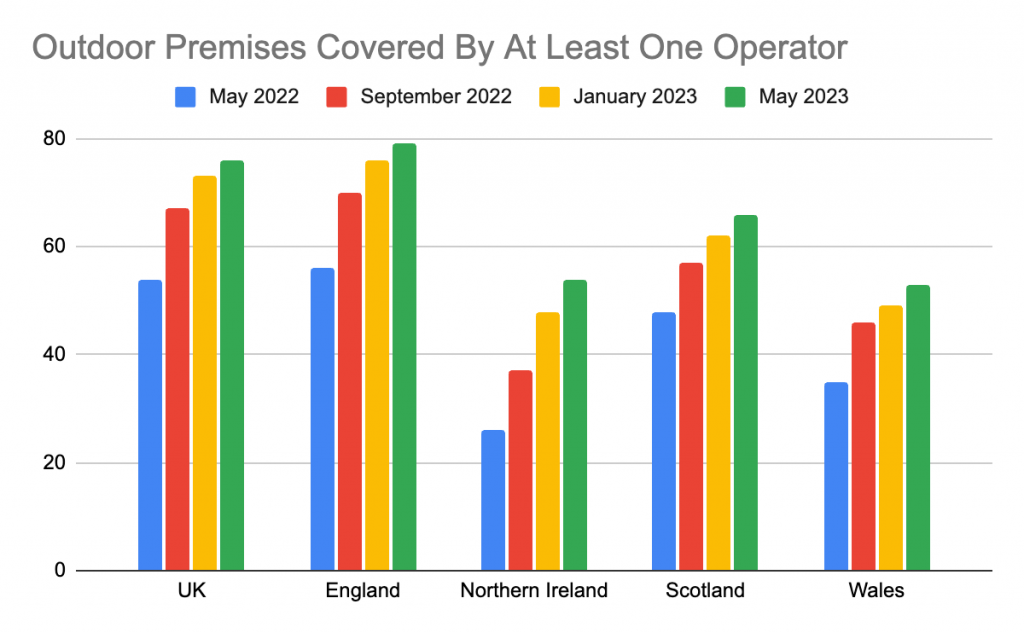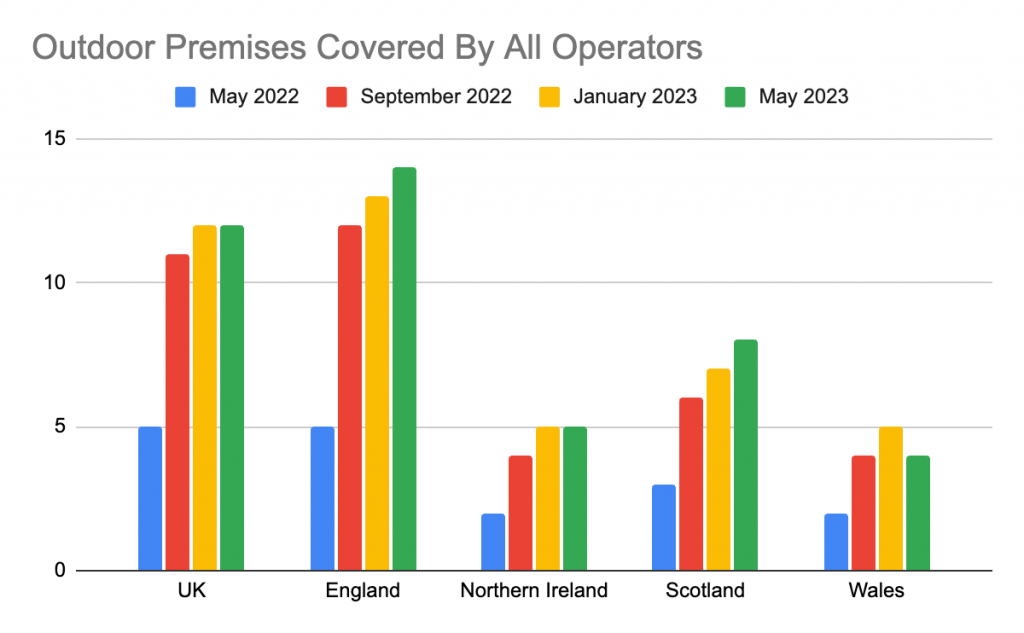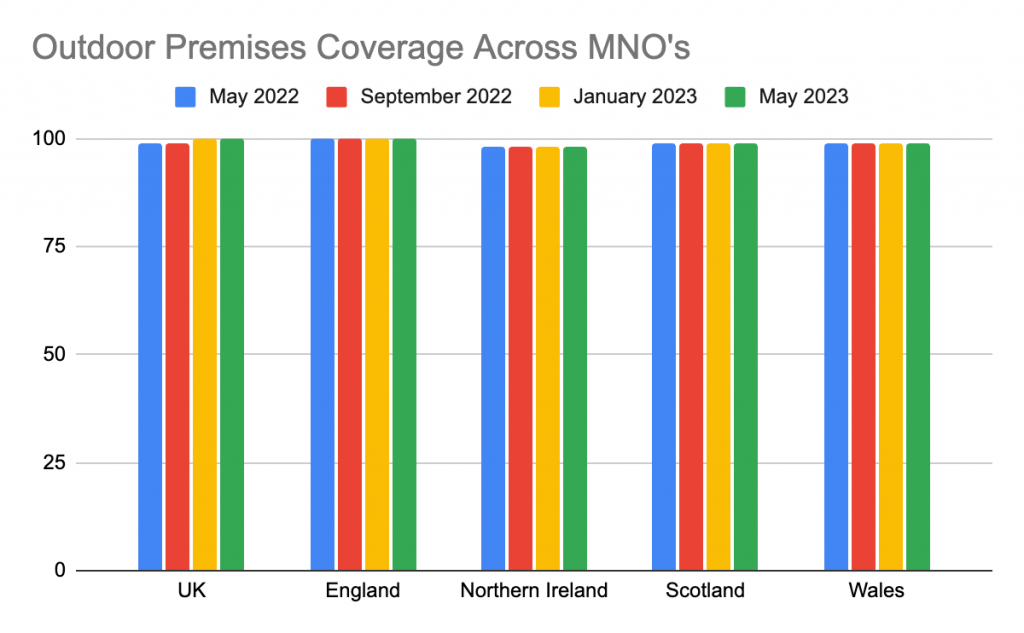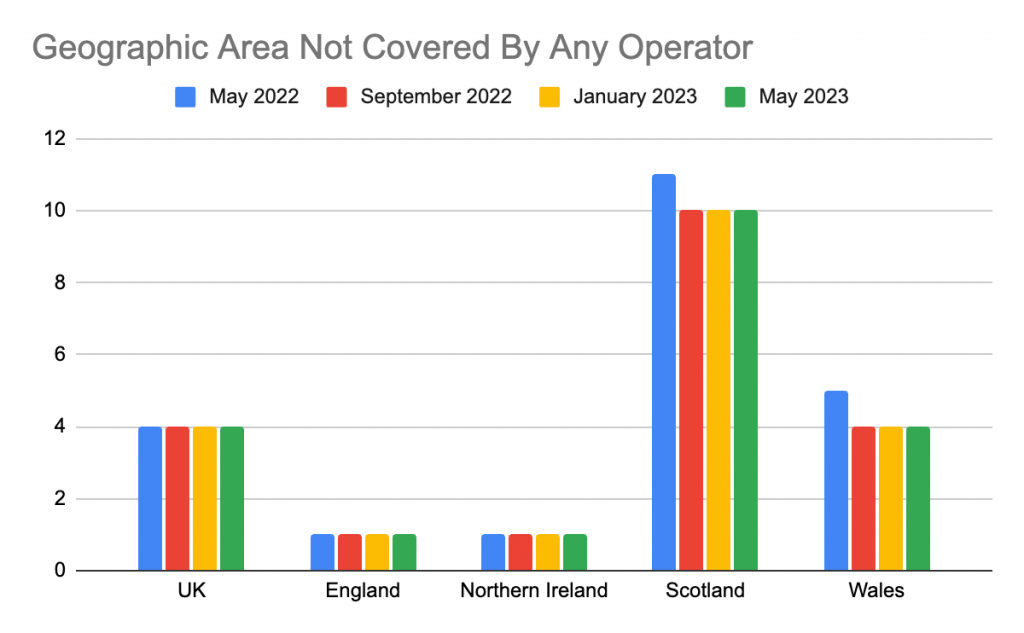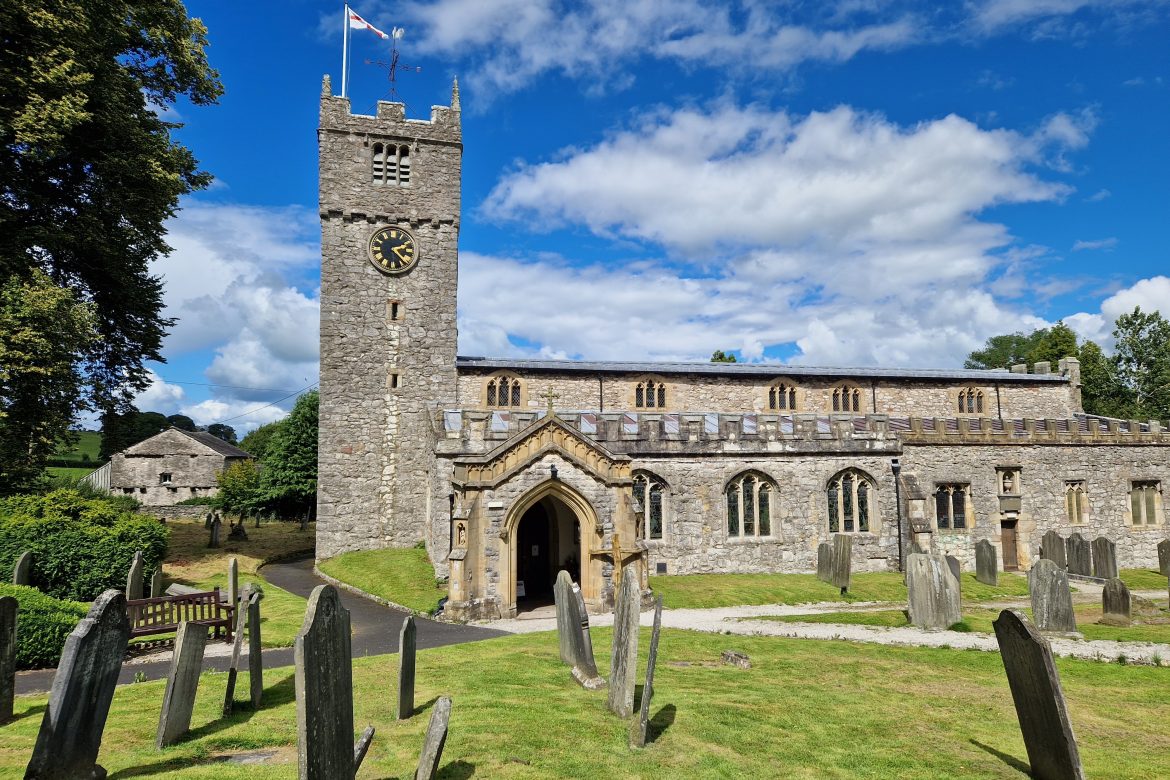It has been reported that National telecoms giant BT (EE) has been in talks regarding plans to harness SpaceX’s ultrafast low-latency broadband via their Starlink LEO (low earth orbit) satellite constellation. This could help improve internet as well as mobile connectivity to those in more remote, rural areas.
Have BT Used Satellite Technology Before?
This isn’t the first time BT has helped deliver digital connectivity by channelling satellite technology. One example is the SaT5G (Satellite and Terrestrial /Network for 5G) project, supporting the development of solutions for integrating a standard commercially available 5G core network into a live satellite network.
BT is also running trials for rural broadband and mobile connectivity in the UK with OneWeb (rivals of Starlink) backed by the government.
Recent reports revealed that BT is testing the Starlink system at its Adastral Park research centre near Ipswich. This is just one of the ways they are attempting to solve the continuing issue of getting reliable internet to those in hard to reach locations in the most rural, remote parts of the UK. Of course, consumers can already just sign up to Starlink’s satellite broadband service.
What is Starlink?
Here is some basic information if you’re new to everything Starlink satellite broadband.
Starlink LEO Satellites
At the moment, Starlink have a network of 5,289 LEO satellites. They orbit the Earth at an altitude of around 500km.
SpaceX Starlink has approval to expand this number to approximately 7,500 satellites by the end of 2027.
Cost of Starlink Satellite Broadband
For UK customers costs start at £75 per month. There is an additional cost for the £449 regular home kit which includes a standard dish, router and relevant kit. There is also a shipping fee of £20 on the Standard package.
Starlink Broadband Speed
The Standard Starlink broadband package promises download speeds of between 25 and 100 Mbps and upload speeds of 5-10 Mbps. It also offers latency times of 25-50 ms.
Starlink’s New Direct to Cell Mobile Roaming Service
On top of that, Starlink is also in the process of launching its new global Direct to Cell mobile roaming service for use with regular unmodified Smartphones, which would require support from both a mobile network and Ofcom in order to launch in the UK. EE would clearly be a good fit for something like this, given the BT Group’s wider experience in the field. We wrote all about this last week, you can read it here.
How Many Customers Do Starlink Have in the UK?
1.83% of Starlink’s current customers are based in the UK. Starlink has 2.3 million customers worldwide, with 42,000 of them residing in the UK. This is up from 13,000 UK based customers last year.
Will BT EE Utilise Starlink Satellite Broadband for Business Customers?
The report that came out last weekend suggests that the current talks going on between BT EE and Starlink are looking at business broadband solutions and providing mobile connectivity to remote sites such as oil rigs out at sea.
It doesn’t look like BT are interested in just reselling Starlink’s broadband product, but instead are looking at it as a viable way to complement their own terrestrial connectivity services.
When Will Satellite Connectivity Support Broadband and Mobile Services?
As things currently stand, we don’t know when we see satellite connectivity become fully fledged products that can be a viable solution to supporting broadband and mobile connectivity in rural and remote areas.
The satellite solutions mentioned in this article are currently still in the early Proof of Concept trial stages. Having said that, although there is no guarantee that BT will use Starlink satellite broadband to bolster their broadband and mobile customers in more rural / remote areas, particularly businesses, it’s certainly exciting to know that discussions are taking place that this could be a possible solution in the future.
Hire Starlink Satellite Broadband with Geekabit
We’ll be keeping a close eye on how this situation develops.
As a company committed to helping businesses stay connected with reliable broadband – Using traditional methods as well as mobile and satellite options – we are excited at the prospect of Starlink satellite broadband going further to help businesses in rural areas.
If you are interested in Satellite broadband as an internet service provider option for your business or event, then get in touch with our Wi-Fi Experts today. We have Starlink satellite broadband kit ready to hire! Contact us here.

